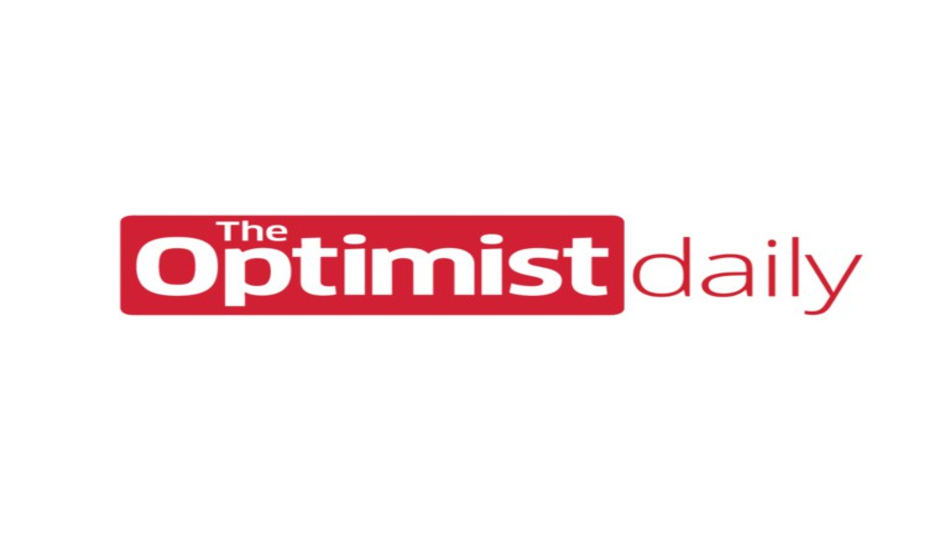From food to fashion, consumers, especially millennials and Gen Z-ers, are leaning towards companies that practice green methods of manufacturing their products and transparency, which is a great thing—but it also leads to lots of greenwashing.
How can we confirm that companies follow through with their green pledges? Well, data and robotics company Aquaai has developed a way to keep an eye on one of the most difficult industries to monitor: aquaculture and fishing.
Liane Thompson, CEO at Aquaai, and her husband and business partner, Simeon Pieterkosky, were inspired by Pieterkosky’s young daughter who, back in 2014, implored her father (who specializes in robotics and climate change) to “please make a robot to save the seas and help the planet.”
This is what sparked the idea for Aquaai’s biomimetic robotic fish, an autonomous underwater vehicle that is 3D printed using selective laser sintering (SLS) and can be deployed by just one person to monitor aquaculture fisheries and other underwater industries.
What makes this robot so remarkable is its small size and “swimming” ability, which lets it get up close and personal to whatever it’s monitoring to collect data, images, and footage which are then delivered to a web dashboard for Aquaai’s clients.
Right now, Aquaai is working with sustainable aquaculture farms, such as Kvarøy in Norway which supplies salmon to Whole Foods, Fulton Street Market in New York, and Michelin chefs. The robot can monitor for temperature, dissolved oxygen, water quality, and pH at different depths. According to Thompson, “Being able to monitor all of this while continuously swimming alongside stock allows farmers to increase yield, have fewer diseases and deaths, and ensure a healthy ocean environment.”
Thompson states that the company’s “long-term vision is to help keep humanity alive through sustainable and environmentally friendly practices by combining risk management with biomimicry.”
On top of monitoring services, the robotic fish can be potentially used for a multitude of sea-saving purposes, such as locating subsurface ocean plastic for removal before it breaks down. It could also find the sources of agricultural runoff and could investigate waterways after flooding and storms.
The robotic fish is also cost-efficient. “We’re mimicking nature,” Thompson says, “we save energy because our robotic fish use fin propulsion. This means they can glide with the water so we save on power and we’re able to maneuver in small spaces such as fish cages, canals, or ports.”
Plus, as mentioned before, the data-gathering fish are autonomous and can always be in the water, so the cost over time is much less expensive than systems that require many employees to function.
In the words of Thompson, “Aquaai offers an affordable risk management tool for players in the blue economy, such as reinsurance, aquaculture, cities, ports, rivers, dams, first responders in flood disasters, ocean and climate research, conservation, and illegal fishing monitors.”
Source Image: Climate and Capital











